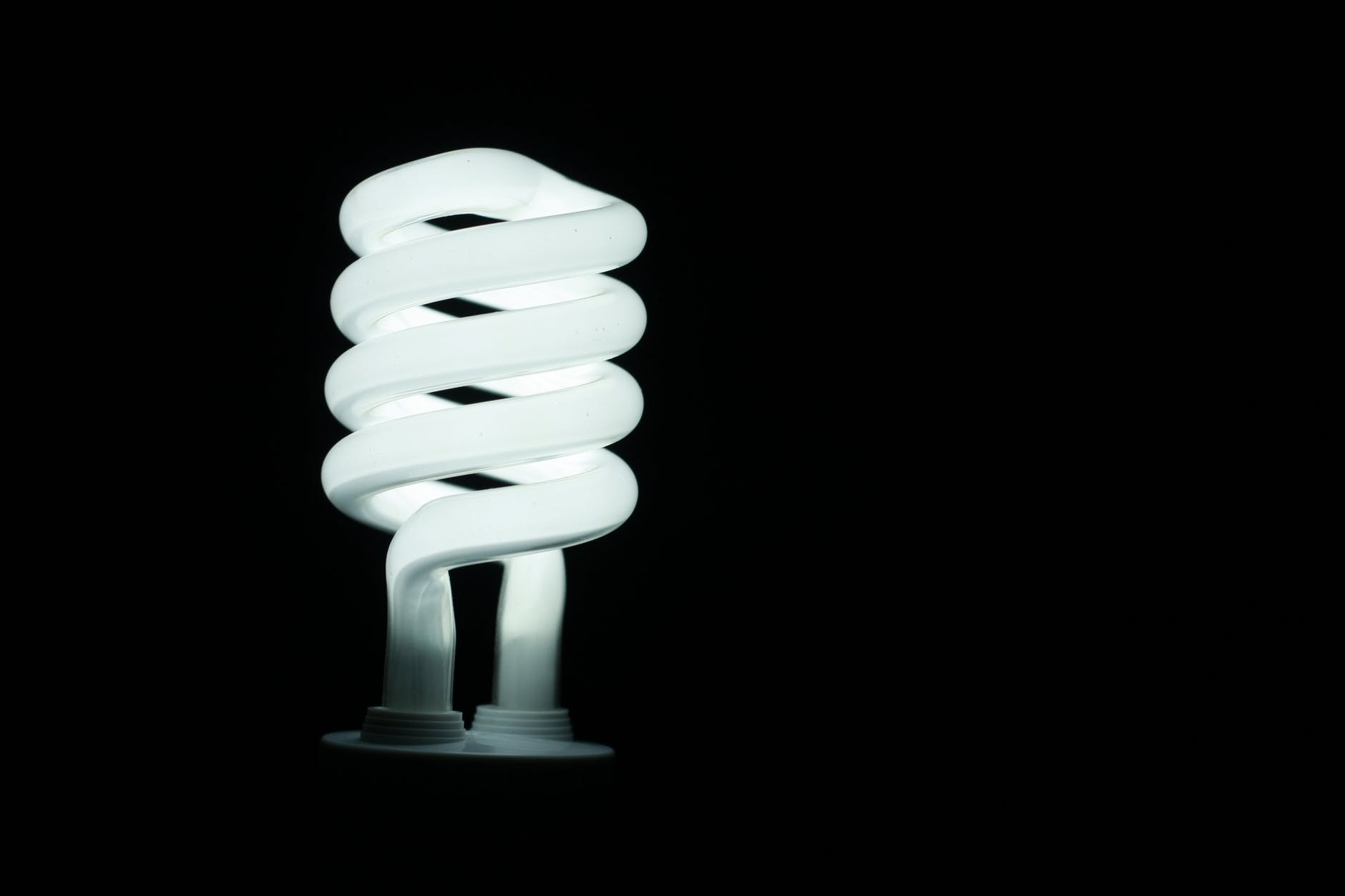9 'harmless' culprits behind your rising electricity bill

In late September, it was announced that electricity tariffs would rise by about 9 per cent as compared to the July to September quarter, which places it at $21.43 cents per kilowatt hour (kwh) from Oct – Dec 2020, or 22.93 cents per kwh after the 7 per cent GST.
For families living in four-room HDB flats, this means an average monthly increase of $7.01 to your electricity bill.
However, according to the industry regulator Energy Market Authority (EMA), the electricity tariff changes apply to only 53 per cent of households powered by SP Group at the regulated tariff.
Nonetheless, it’s always a good idea to both slash your utilities bill (especially now that most of us are still working from home) and save the Earth. Here’s how.

If you haven’t made the switch to an Open Electricity Market supplier, or at least compared the various plans, it’s time to do so. Otherwise, you could be missing out on a cost-saving opportunity.
Right now, there are 12 electricity retailers in Singapore, and most offer a selection of three price plans: fixed price plans, fixed discounts plans, and Discount Off Regulated Tariff (DORT) plans.
The models work differently, but could potentially shave between 25 per cent to 30 per cent off your current bill.

This one is a no-brainer, really, but one that we’re all guilty of. Making a trip to a nearby coffee shop for a quick lunch while WFH or leaving your bedroom to watch TV in the living room?
Turn the switches off. Doing it once or twice probably won’t make a dent in your bank account, but they’ll all chalk up to considerable cash in the long run.

There are electricity suckers in your home that are guzzling your household budget – we’re talking about your desktop PCs, Wi-Fi routers and televisions that drain energy even when switched off thanks to standby power mode, or ‘ghost load’.
Slay these energy vampires by unplugging them, or for a fuss-free alternative, get a power strip so you can can remotely turn off all connected outlets with the flip of a switch.

Ideally, you should leave hot food to cool before putting them in the fridge. Putting them directly in the fridge leads to condensation, which prevents the appliance from cooling properly.
When you’re mulling over which snack to go for, you might want to keep the refrigerator door shut – keeping the doors open allow warm air to enter and raise the overall temperature. The fridge then expends more energy to cool your food items.
And while you’re at it, check that the door seals are in good condition – if the door isn’t sealed tight, it’ll let warm air in too.

With Singapore’s scorching heat, we don’t blame you for wanting to blast the AC. But if you need to huddle under thick quilts or wear a thick sweater, the temperature’s likely turned on too low, and this guzzles more electricity than you’d think.
According to electricity retailer iSwitch, an optimal temperature would be at 25 degrees celsius.
Dust, mould and other air pollutants can accumulate if you aren’t cleaning your air conditioner’s filters on the regular – not great for allergies or your health, generally speaking.
That aside, it means your air-conditioner has to work doubly hard to push cold air through, too.
Check on the filters as least once a month and clean or replace them if needed. This will help in lessening your electricity bills, as well as a longer-lasting unit.
Whether you’re looking to replace an old appliance or furnish your new place, look out for energy labels when you’re out shopping.
From refrigerators to air-conditioners and televisions, many now come with an energy label that display how energy-efficient each product is as well as the life-cycle cost.
Go for ones which have more ticks (which means they’re more energy-efficient!), which will in turn help reduce your household bills and also reduce greenhouse gas emissions. Double win.

If your lighting fixtures are still running on incandescent light bulbs, it’s time to make the switch to LED bulbs. Not only do LED bulbs use less wattage (and up to 85 per cent less electricity!) while producing the same amount of light, they have a longer lifespan, too.
Sure, LED bulbs may be pricier, but you’ll likely save more on your electricity bills. For further savings, go for ones which can be dimmed via a mobile app or physical switch when needed.

Food wastage is a global issue, and which has a place in our homes. In 2019, Singapore generated around 744 million kg of food waste. And it’s not just that.
When you throw out uneaten food, it’s not just the food item you waste, but also the energy that has gone into cooking your meal, as well as energy used to keep it from spoiling (aka your fridge).
Ensure no old leftovers are left at the back of your fridge to die: label containers with a “use by” date, or adopt a habit of putting leftovers at the front of the shelf, at eye level.
This article was first published in The Singapore Women’s Weekly.